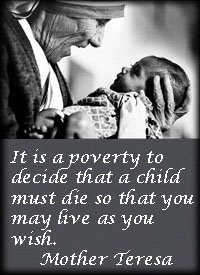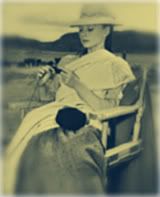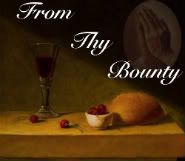So, if you've already read the crochet post and decide you actually want to give knitting a go, here is some advice (again, I've been knitting less than a month, take from it what you want).
Knitting is done on needles and you always have all your stitches on the needles. You start by casting on, then building into the cast-on. Your stitches will always start on the needle you are holding in your left hand, then you knit into those stitches with the needle in your right hand. Once all your stitches are transferred to that right hand needle you simply switch hands, again placing the needle with the stitches in your left hand and starting over. There are lots of different needles-singles (have a point on one end and a ball or some sort of stopper on the other, typically sold with two needles per pack), double pointed needles (have points on both ends, called dpn), circular needles (2 separate needles held together with a cable in the middle, though you see 2 needles in the pack it is actually just one circular since they are connected with the cable) and probably others I don't even know about. When starting just get a set of singles. You can either look at a pattern and buy which size is called for or just go out and get a set (8's are pretty good since they aren't too small or large). Unlike crochet which typically uses letters, knitting needles are done in numbers BUT be sure to look at the US size because they also tell you the metric size (most patterns will tell you which US size you need). They sell needles in metal, plastic and wood. I would recommend buying a single size in all 3 and see which you like best (instead of a pack, I got packs and am regretting it). For the most part, dpn's and circulars are used for knitting in the round (again circles--hats, mittens, socks, etc) and singles are for knitting flats (scarves, blankets) though you can knit things flat then seam stitch them together to get round (that is how the slippers were done). I again recommend to get a plain yarn when first starting out and I would start with a scarf that does both knits (k) and purls (p). Those are pretty much the 2 types of stitches done in knitting so starting with a scarf to practice those is a good idea. Knitting help.com is another great site that shows videos of all sorts of things (how to k, p, increases, decreases, fixing mistakes, etc). Get your needles, yarn (and coffee) and give it a go. Start with cast on, so far I have only learned long-tail cast on which seems to work for everything (very generally speaking), move the casted on needle into your left hand and start with the empty needle in your right (I don't know if instructions are different for left handed people). Most commercially sold sweaters and such are knitted. You can tell the difference because knits have a vertical line look to them, crochet looks more horizontal.
I would also focus on seeing how purls look different from knits. Knit stitches, when worked upon each other, look like v's in a column, purls look like dashes (-). Knitting has a right side (rs) and a wrong side (ws). Patterns will tell you which is which. Knitting on one side creates a purl on the other (so, the opposite side of a knit is a purl). Good practice to just get the look of them is to cast on a number of stitches (say 10), then knit into those stitches. Once you flip your needle, purl into the stitches. Flip the needle again and knit, flip again and purl. Continue this for a bit just to see how a k side will look and how a p side will look (your work will curl at the edges, don't make anything with this, just use it as a swatch to learn the looks). This will help tons when doing 'harder' stuff cuz you can just look at what you are knitting to see if it should be a purl or knit stitch and it is easier to identify mistakes. Knittinghelp.com also describes the look of the stitches.
I haven't tried dpn's and am just now starting something with circulars so I can't give any advice on either of those (except most things done on circulars requires 2 circs which means you have to buy 2).
There's lots more but this will get you started. Oh yeah, since both knitting and crocheting is building upon itself, if you pull the yarn connecting the ball to your work it will pull out your work so be careful!
Friday, January 18, 2008
A tutorial too
Subscribe to:
Post Comments (Atom)










3 people are laughing with me:
**And don't leave the knitting where the kids can get it and "pull out your work," like mine did! It is VERY frustrating!
Thanks for the tutorials!
Could you go over that again?!
JK - I'm TOTALLY a visual person. That's why videos/or in person tutorials work better for moi. Those links that you posted are great. Thx!
too hard!
Post a Comment